Giao thong Newspaper had an interview with Mr. Dinh Cao Thang, Head of Finance Department, Vietnam Road Administration about this proposal.
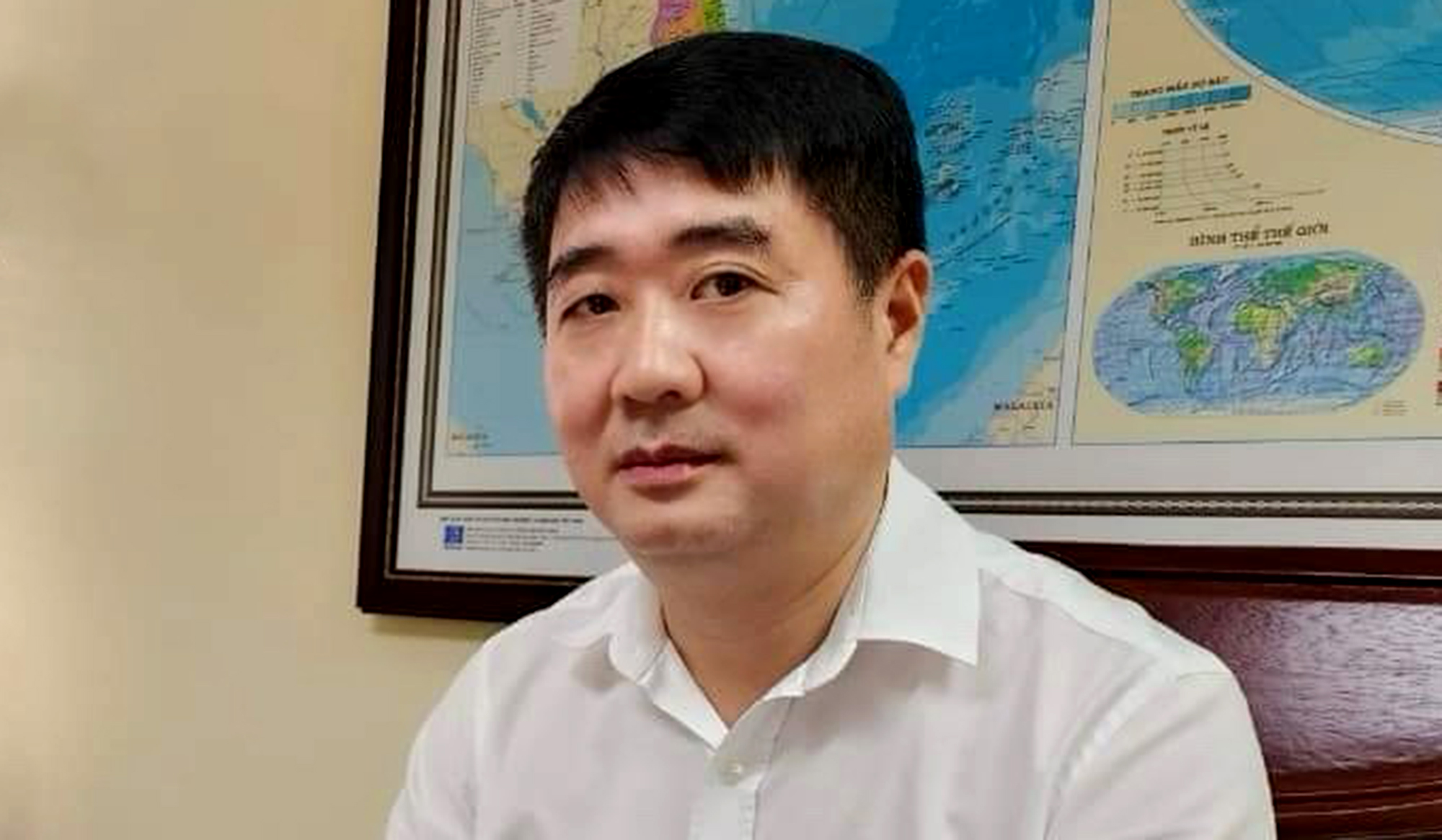
4 methods of management and exploitation
The Road Law, which will take effect from January 1, 2025, allows toll collection on expressways invested by the State. What is the Vietnam Road Administration doing to implement this regulation?
Toll collection will only be implemented after the expressways have ensured infrastructure conditions and implementation resources.
To implement toll collection, the agency assigned to manage highway infrastructure assets must prepare an asset exploitation plan and submit it to the competent authority for approval.
The time of toll collection and the list of expressways on which toll collection will be implemented will be specifically determined in the decision approving the project.
Along with the process of developing the toll collection decree, the Vietnam Road Administration is developing a project to exploit assets according to Decree No. 44/2024 to submit to the Ministry of Transport for approval.
During the exploitation process, the Vietnam Road Administration will collect statistics and monitor the growth rate of traffic volume, propose to complete the legal basis to have the basis to deploy other forms of highway management and exploitation such as transferring toll collection rights, transferring exploitation rights, business and management rights (O&M contracts) or other superior methods based on the project approved by the Government.
Mr. Dinh Cao Thang
Currently, there are many methods of managing and exploiting highways. What are those methods, sir?
According to regulations, there are currently 4 methods of exploiting transport infrastructure assets, including: Asset management agencies directly organize the exploitation of road transport infrastructure assets; transfer of toll collection rights; lease of the right to exploit road transport infrastructure assets (O&M); transfer of exploitation rights for a limited period; other methods (if any) according to the project approved by the Government.
Expressways invested with the state budget are public assets, classified as infrastructure assets, owned by the State, with the State as the representative owner, and are toll assets.
Which of the methods you just mentioned is more feasible?
The method of leasing the right to exploit road infrastructure assets is not suitable, because leasing the right to exploit is not applicable to road infrastructure assets that collect road use fees.
Limited-term transfer of exploitation rights is also not appropriate, because this is associated with investment in upgrading and expanding existing assets according to a project approved by a competent authority or person.
Thus, in the forms of exploiting financial resources from public assets, there are 2 methods of exploiting highways invested, owned, managed and exploited by the State under new construction investment projects (excluding upgrading and expansion projects), with toll collection and under the authority of the Ministry of Transport to approve the Asset Exploitation Project: The asset management agency directly organizes the exploitation of road infrastructure assets and transfers the right to collect tolls.
The Law on Investment under the Public-Private Partnership model stipulates the form of O&M contracts. Under this form, investors and PPP project enterprises are granted the right to operate and manage part or all of the existing infrastructure works and systems for a certain period of time.
State revenue will be flexible and transparent.
Can you elaborate on the advantages and disadvantages of the above methods?
The asset management agency directly organizing exploitation has the advantage of being consistent with the functions and tasks of the agencies directly assigned to manage and exploit assets.
This method can be implemented immediately, without creating additional organizations or staff; the process of managing and exploiting assets is continuous and uninterrupted.
At the same time, this will forecast the annual budget revenue; the budget revenue over the years is relatively stable; Basically consistent with current legal documents, not requiring much supplementation.
The State will be flexible in adjusting toll rates to suit the socio-economic development policies of each period; transparent in revenue, accurately reflecting the annual growth rate of vehicles and actual traffic volume due to the application of non-stop toll collection technology.
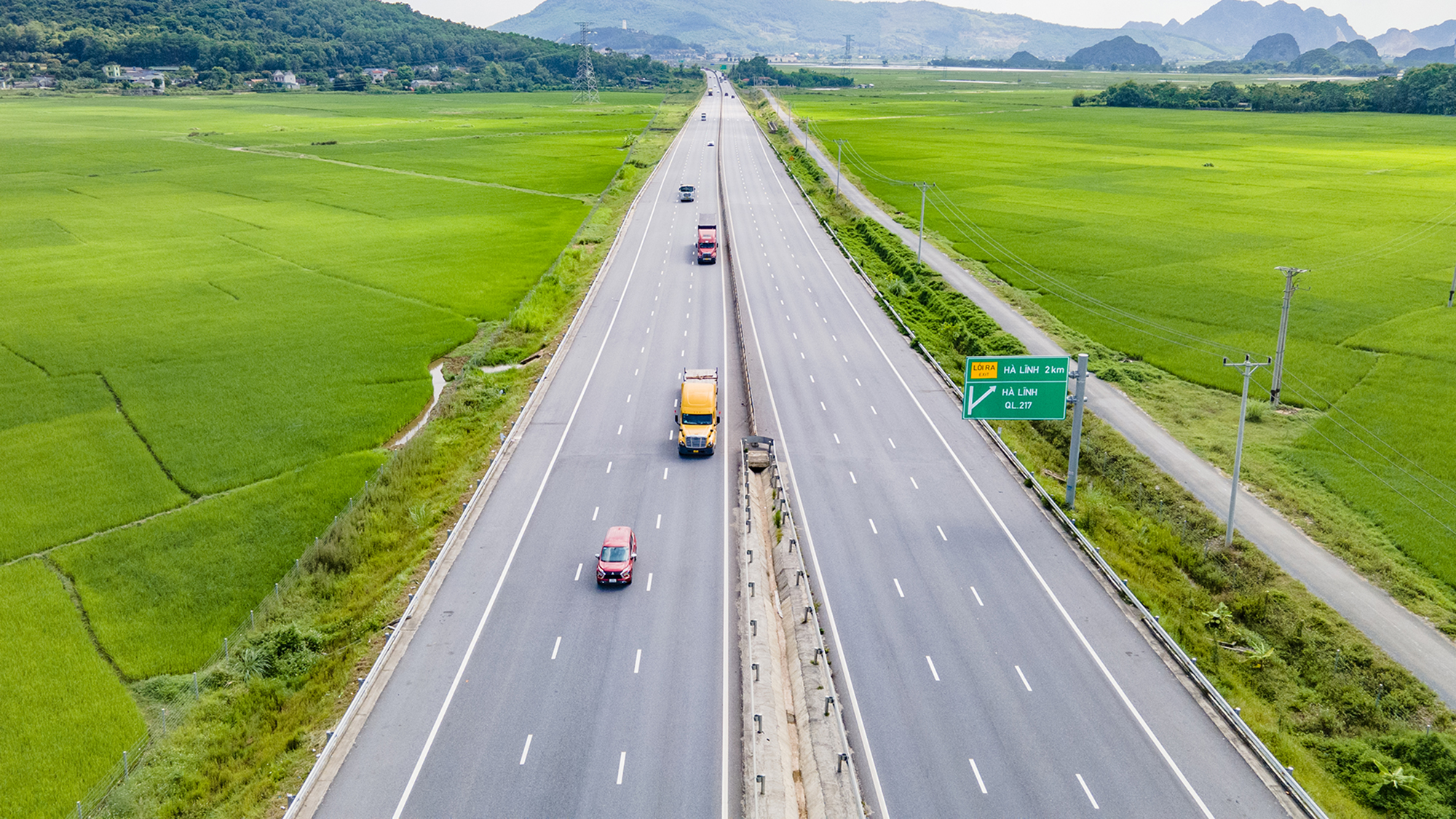
Toll collection will only be implemented after the expressways invested by the State have ensured infrastructure conditions and resources for implementation (In photo: North-South Expressway section Mai Son - National Highway 45). Photo: Ta Hai.
However, this method has the disadvantage that the State budget does not have an immediate budget, but the revenue will be maintained and supplemented gradually every year.
The advantage of the toll collection rights transfer method is that it attracts social resources to invest in road infrastructure. The State budget immediately has a corresponding source of revenue according to the toll collection rights transfer contract.
However, according to regulations, the transfer of toll collection rights is carried out in the form of auction. The determination of the starting price depends on the calculation of traffic volume.
For newly put into operation expressways, the calculation of traffic volume and vehicle growth rate is only an estimate, the traffic distribution ratio after implementing toll collection has not taken into account other objective factors (such as natural disasters, epidemics, etc.), leading to errors in determining the value of asset exploitation rights transfer or conflicts in rights and obligations between the State and investors.
The O&M contract method has the advantage of implementing the policy of socialization and mobilizing external resources to participate in the operation and maintenance of transport infrastructure.
The State's investment capital recovery is also fast, the State receives a large amount of money in a short time, reducing the number of implementation units.
However, it has the disadvantage that the cost for the State to receive the money early is the cost of capital mobilization and the profit to be paid to the investor implementing the O&M concession.
This expense will reduce the amount of fees paid to the State budget to ensure the financial plan of the project contract may have to increase the fee level.
The government is also not flexible in adjusting toll rates to suit each period. At the same time, investors can only be selected for sections of the route expected to have high traffic volume.
Which method to choose?
So, what option has been proposed, sir?
The Vietnam Road Administration proposes a method of exploiting highway infrastructure assets in accordance with the Law on Asset Management and Use and is under the authority of the Ministry of Transport to approve the Project.
Specifically, the method is "the agency assigned to manage road infrastructure assets directly organizes exploitation". The implementation time of the exploitation method is about 5 - 8 years (complete 1 equipment exploitation cycle).
Thus, the Vietnam Road Administration is the agency assigned to manage assets and will directly organize the management, maintenance, and toll collection for expressway sections invested, owned, managed, and exploited by the State in accordance with the law.
Toll collection is applied in the form of service rental, the State will invest in infrastructure system, hire connecting units to operate. The automatic non-stop toll collection system nationwide has been put into operation, which is a favorable condition for choosing service providers.
The organization of highway toll collection will be through toll stations, applying the model of "free multi-lane ETC input (no barrier), single-lane ETC output (with barrier)", through the selection and bidding of toll collection service providers.
So, when is the toll collection expected to start, sir?
It is expected to start in May 2025, after the expressways have completed construction of essential works such as rest stops and ITS systems. The inspection, supervision and management of funds will be assigned to the road management areas.
Thank you!
Source: https://www.baogiaothong.vn/ai-se-thu-phi-cao-toc-dau-tu-bang-ngan-sach-19224093023164922.htm


![[Photo] Ho Chi Minh City after 50 years of national reunification through buildings and symbols](https://vstatic.vietnam.vn/vietnam/resource/IMAGE/2025/4/15/a224d0b8e489457f889bdb1eee7fa7b4)
![[Photo] General Secretary To Lam meets with veteran revolutionary cadres, meritorious people, and exemplary policy families](https://vstatic.vietnam.vn/vietnam/resource/IMAGE/2025/4/15/7363ba75eb3c4a9e8241b65163176f63)
![[Photo] Air Force actively practices for the April 30th celebration](https://vstatic.vietnam.vn/vietnam/resource/IMAGE/2025/4/15/16fdec3e42734691954b853c00a7ce01)
![[Photo] Welcoming ceremony for Prime Minister of the Federal Democratic Republic of Ethiopia Abiy Ahmed Ali and his wife](https://vstatic.vietnam.vn/vietnam/resource/IMAGE/2025/4/15/77c08dcbe52c42e2ac01c322fe86e78b)

![[Photo] National Assembly Chairman Tran Thanh Man attends the summary of the organization of the Conference of the Executive Committee of the Francophone Parliamentary Union](https://vstatic.vietnam.vn/vietnam/resource/IMAGE/2025/4/15/fe022fef73d0431ab6cfc1570af598ac)
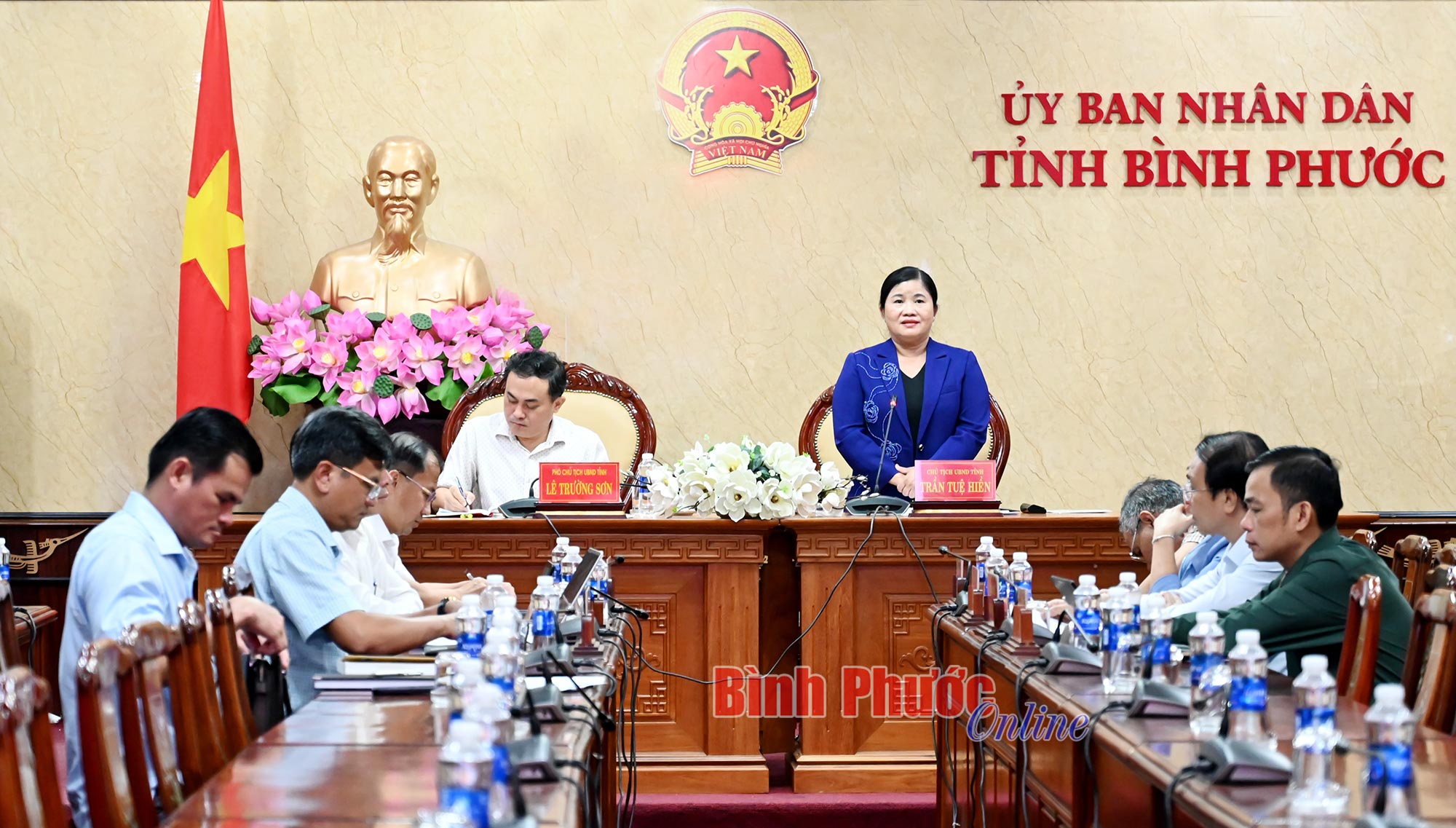

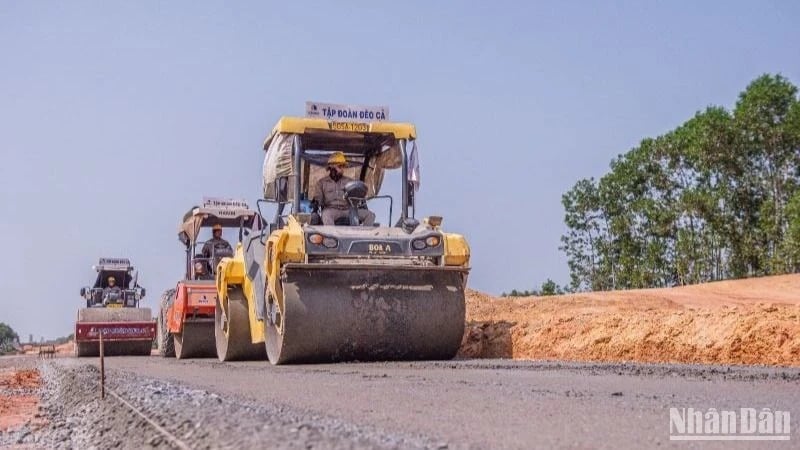

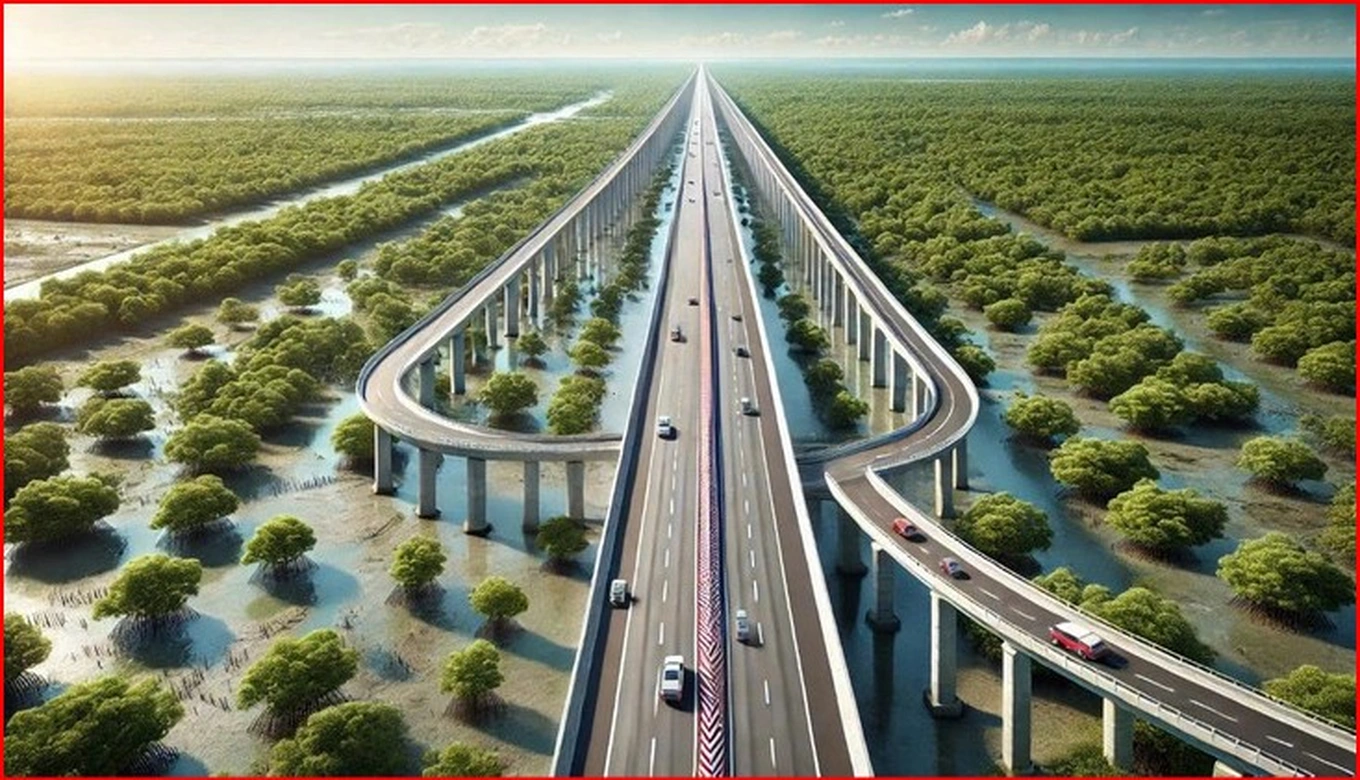



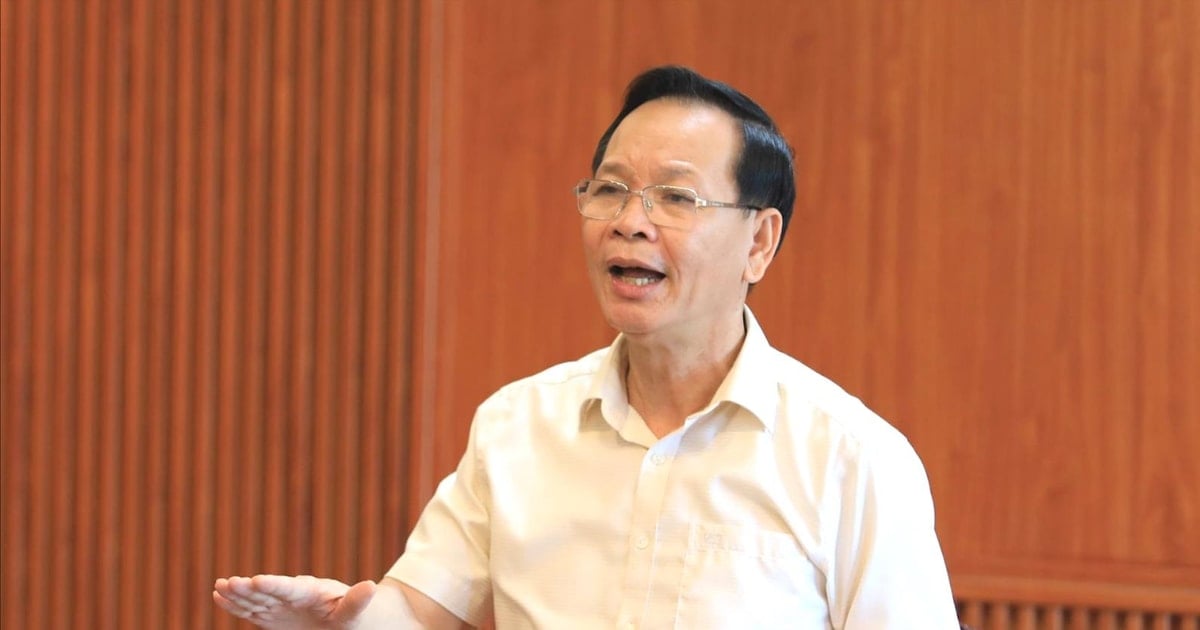
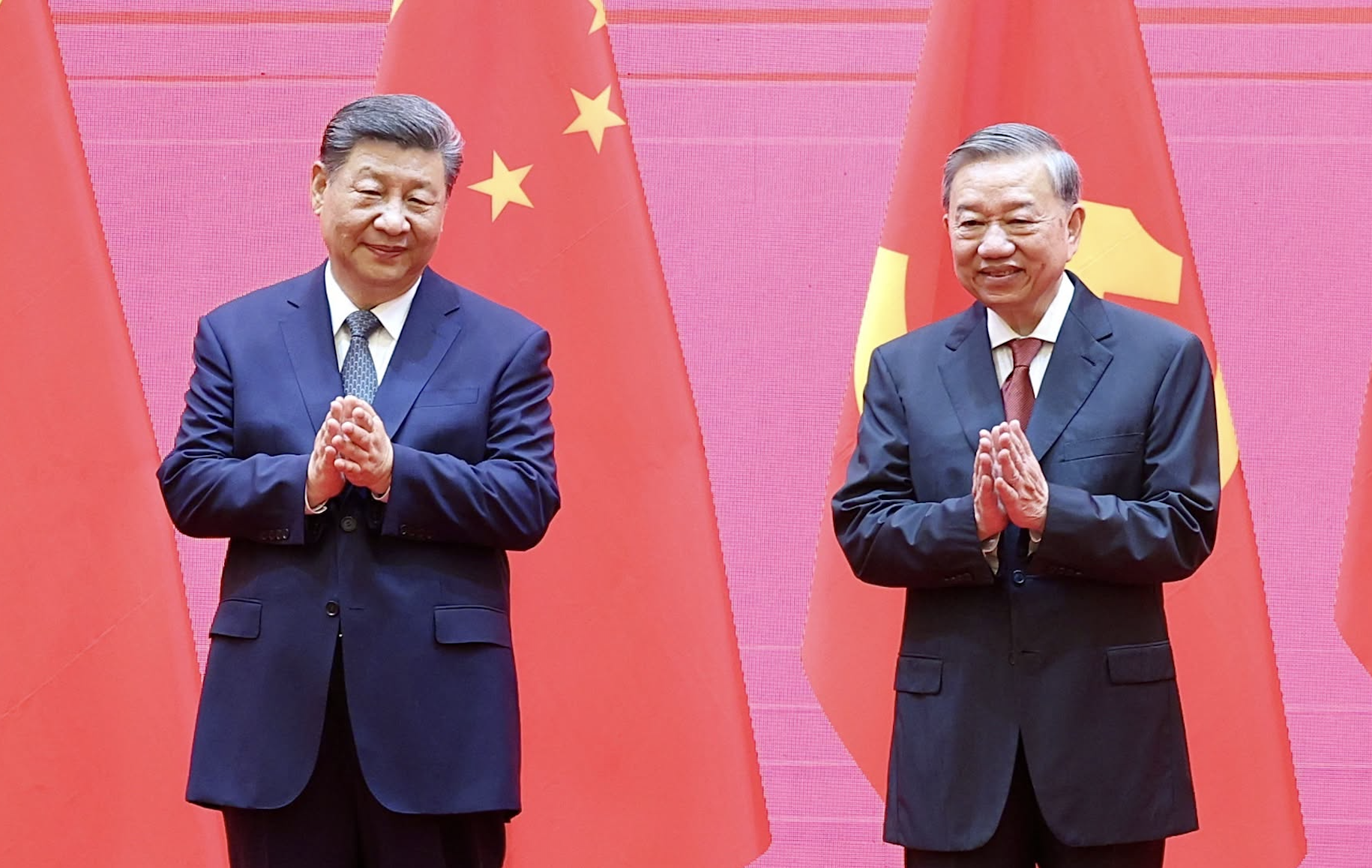


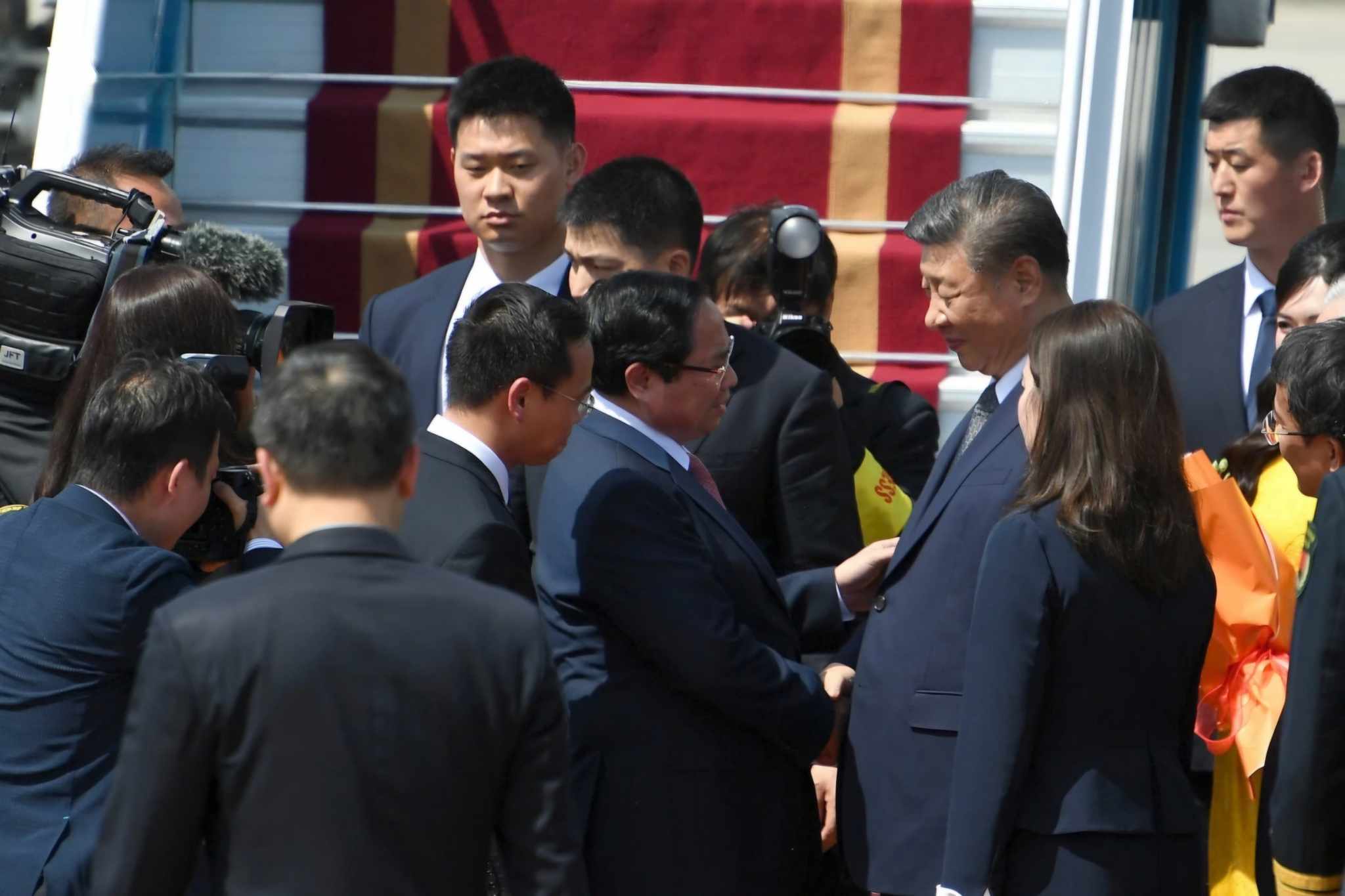
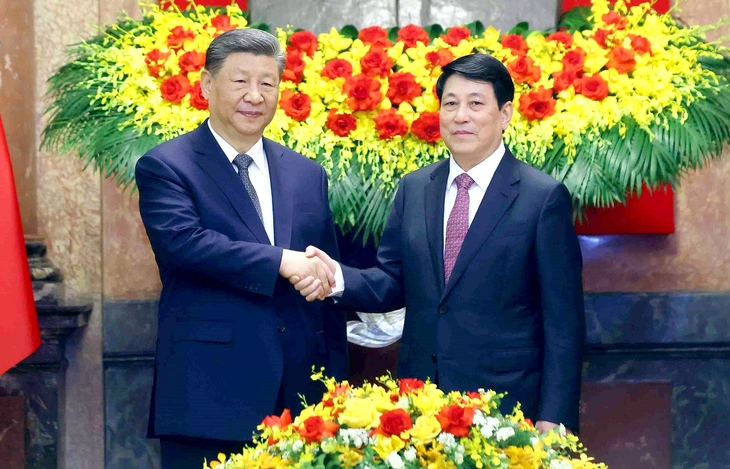



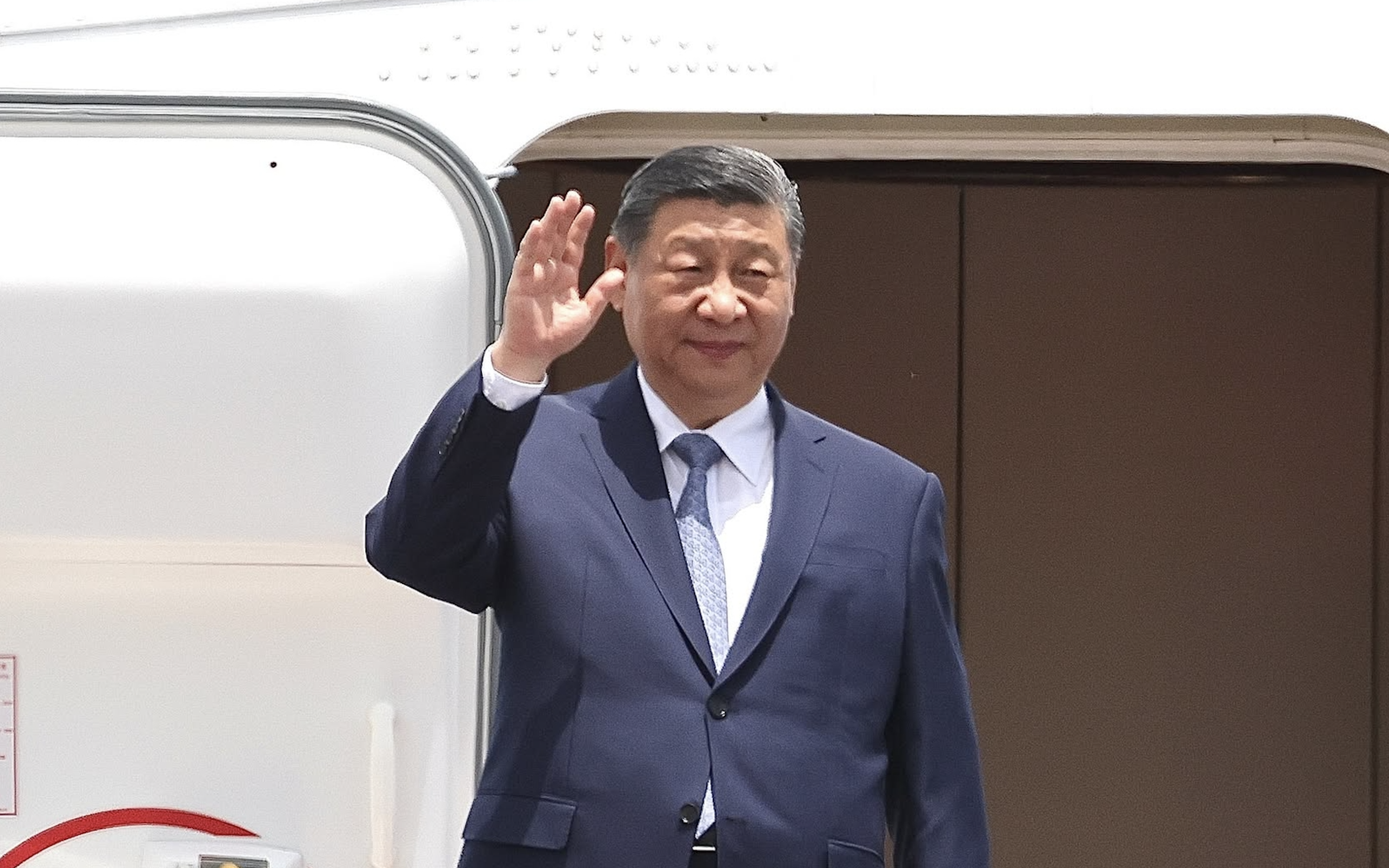
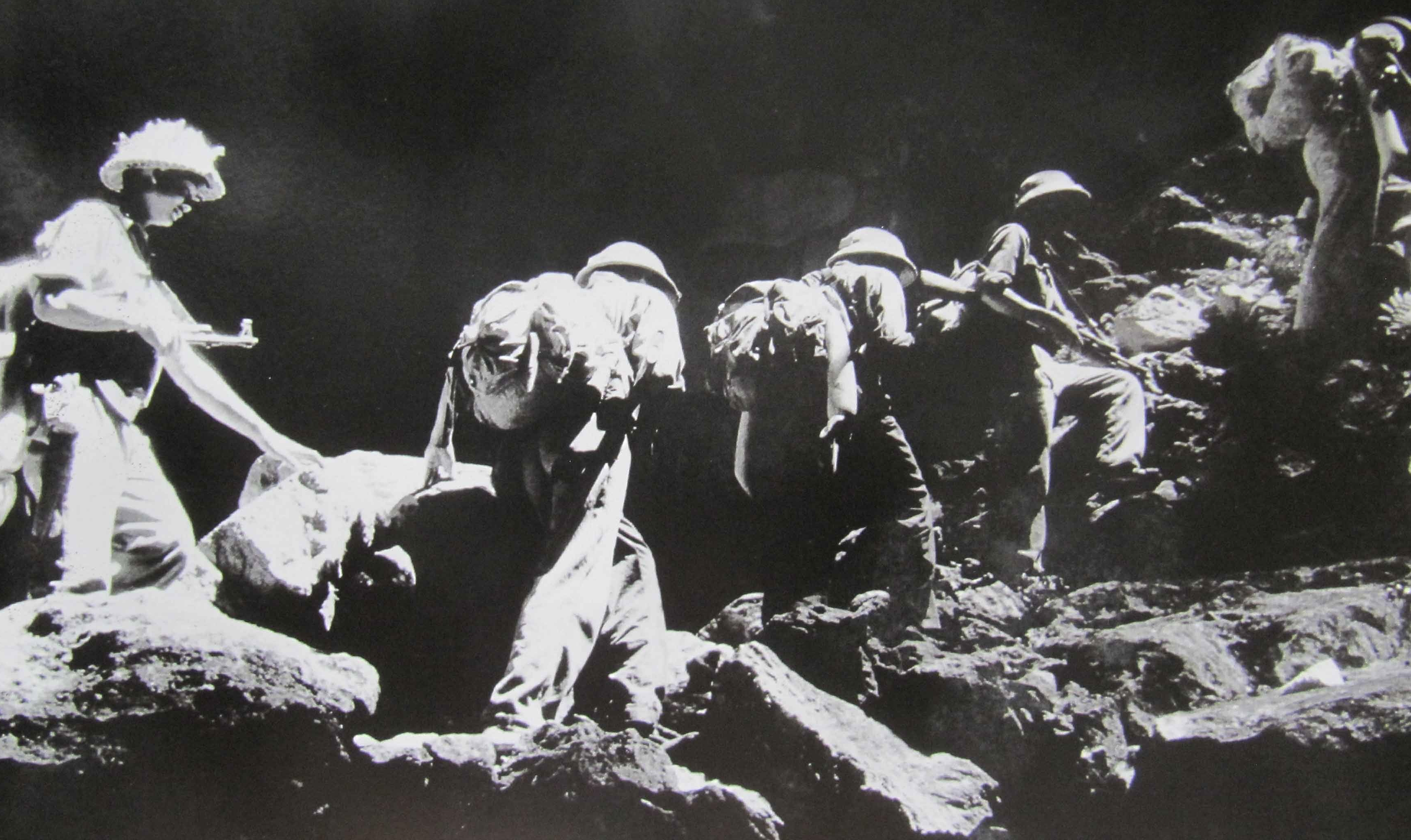
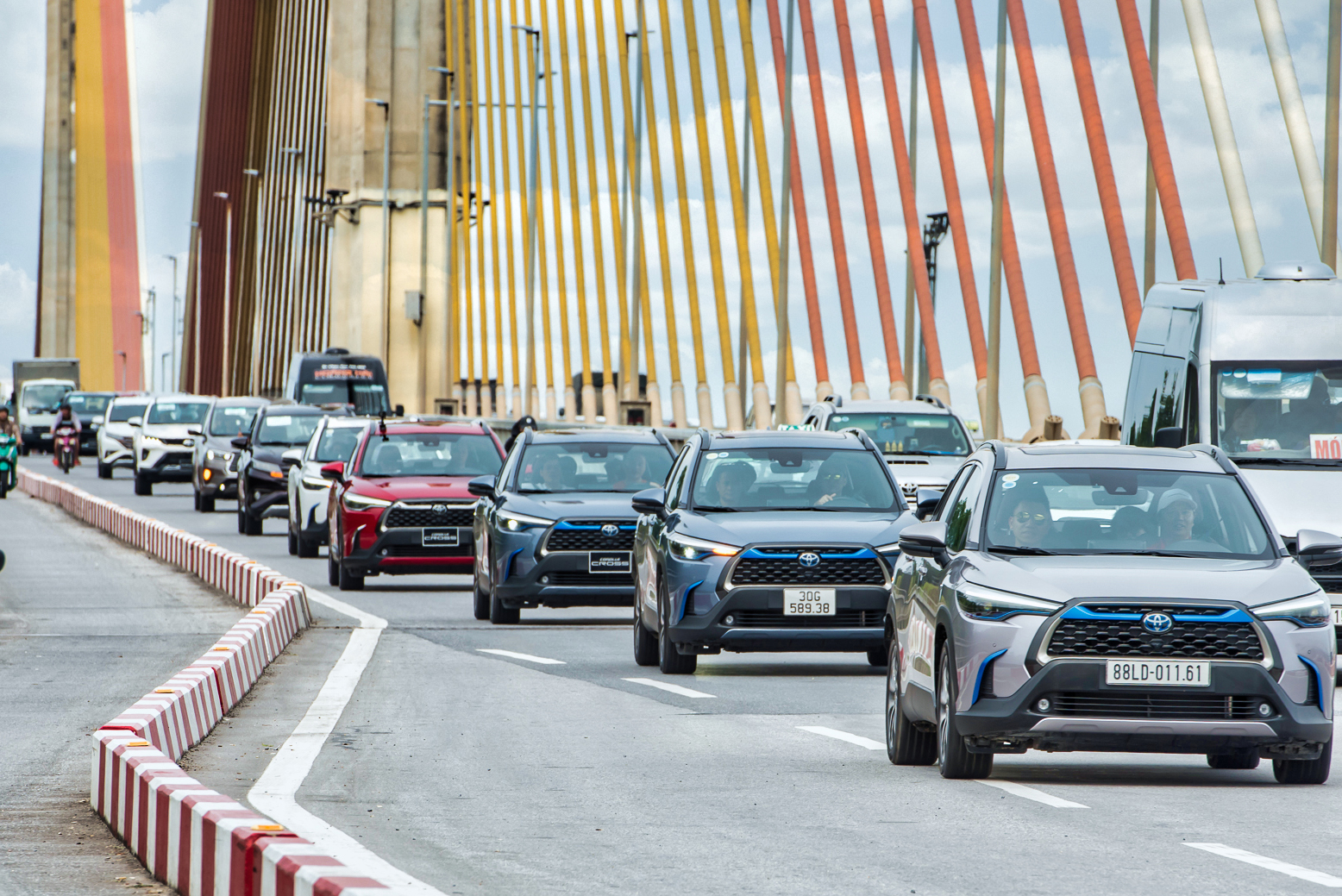











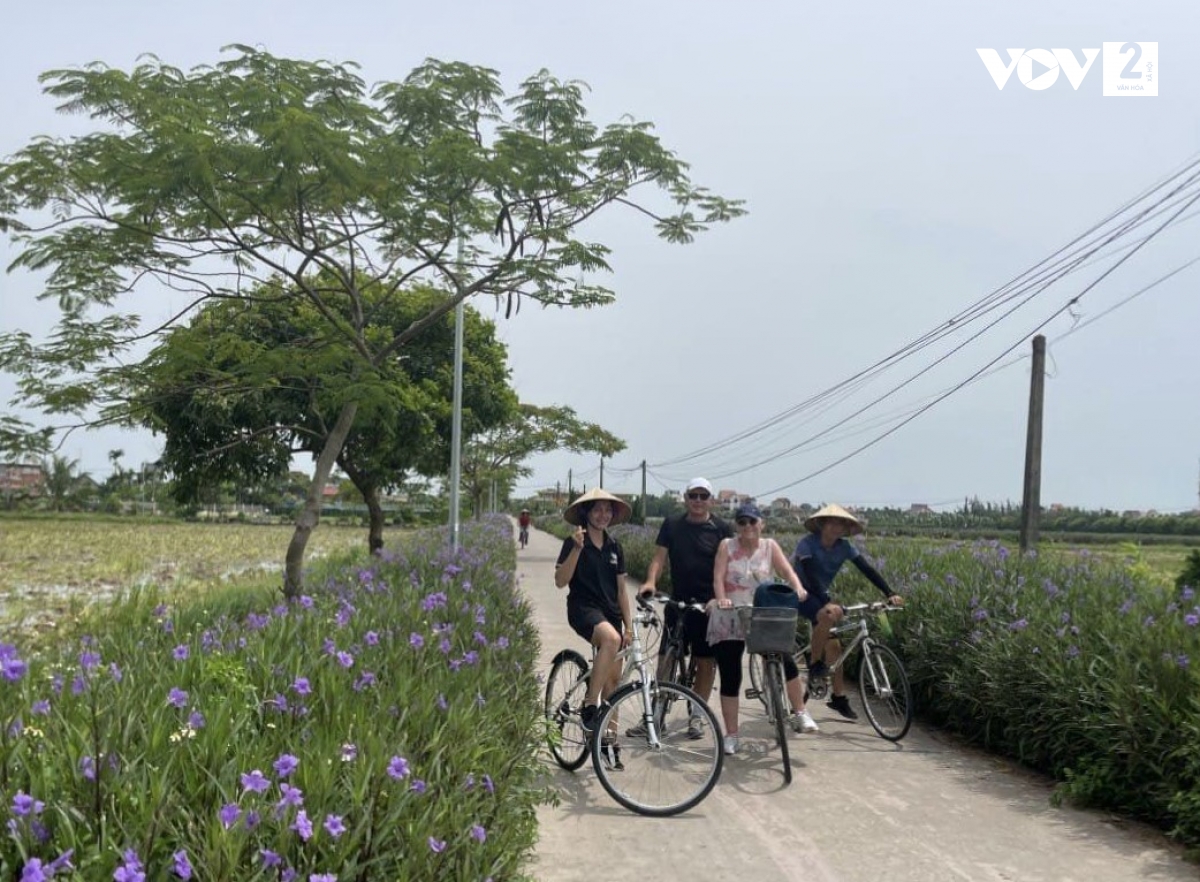

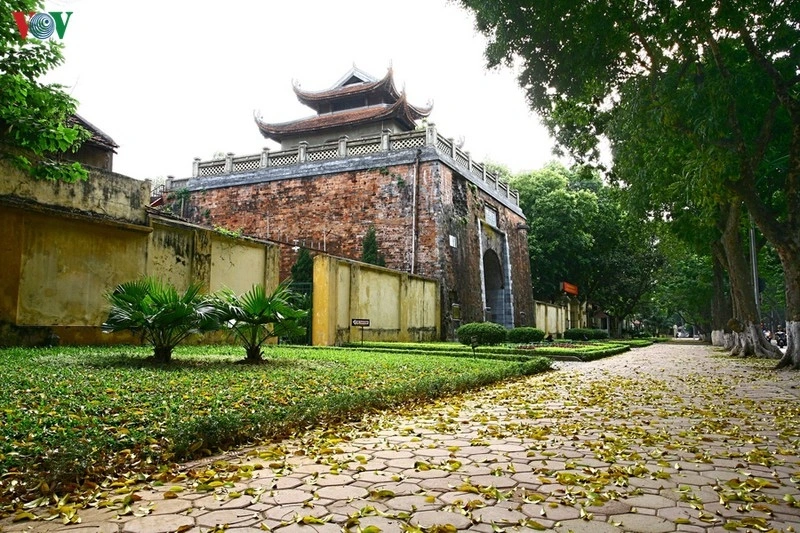




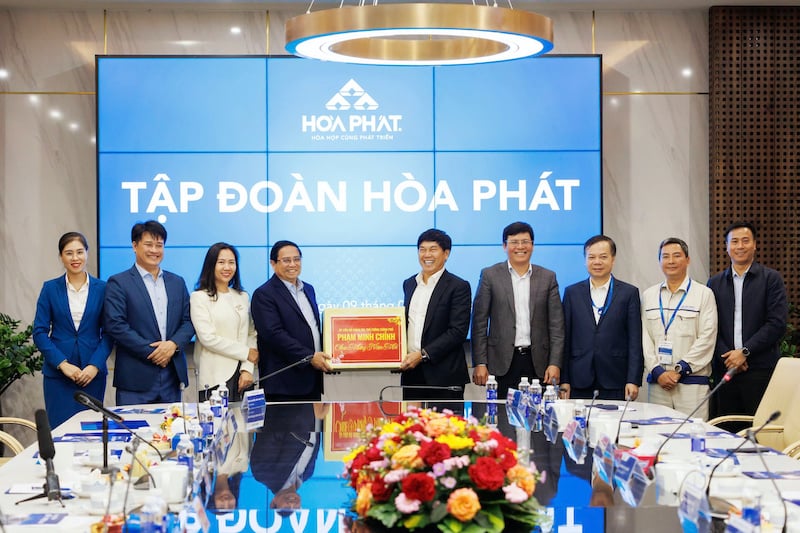

















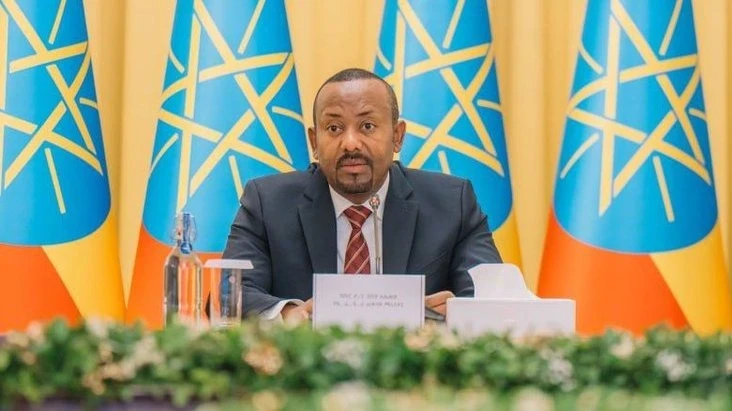
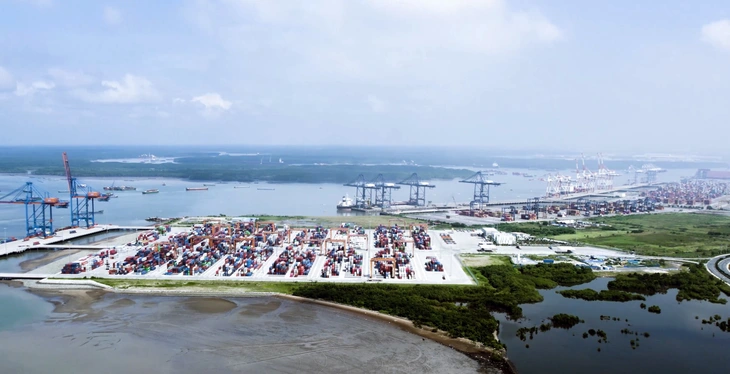





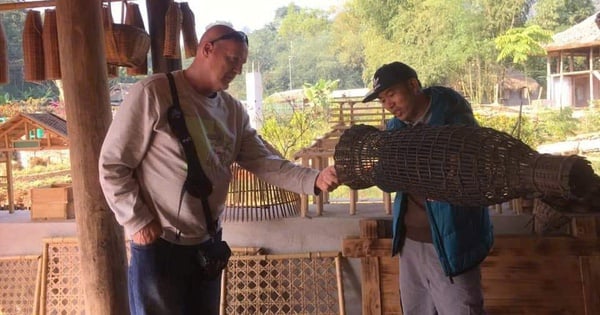

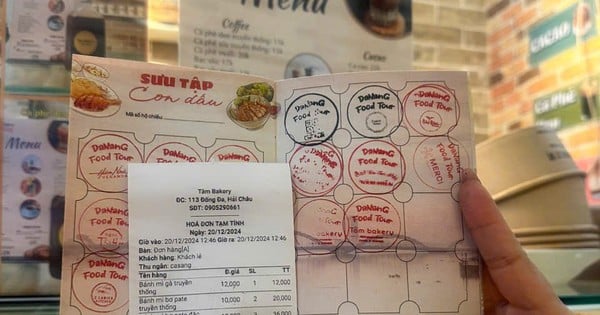
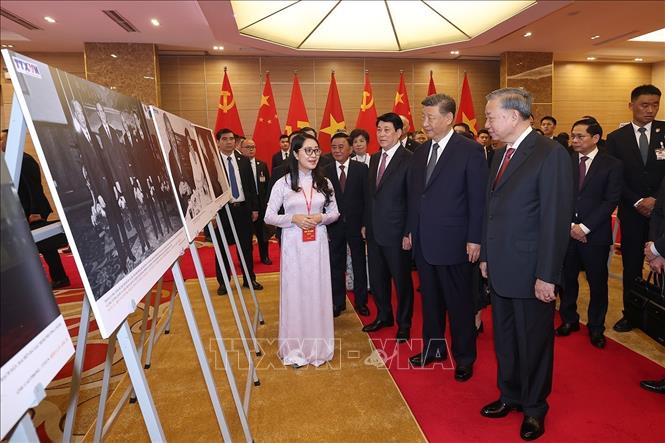



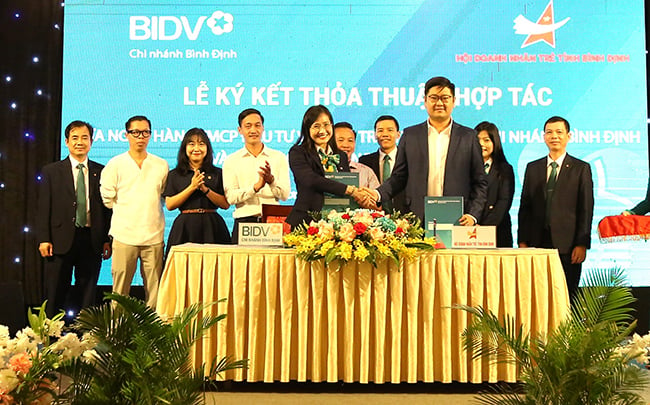
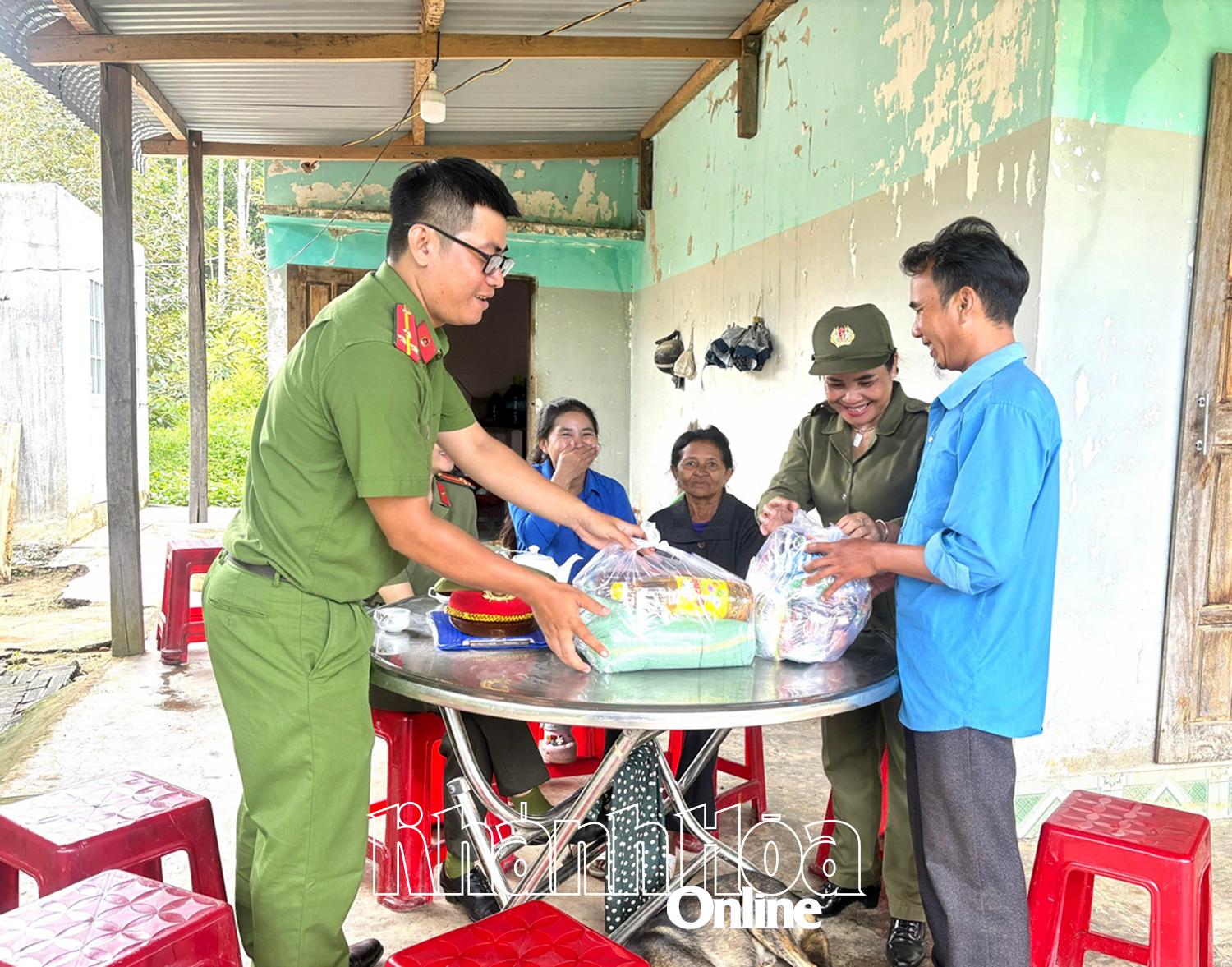


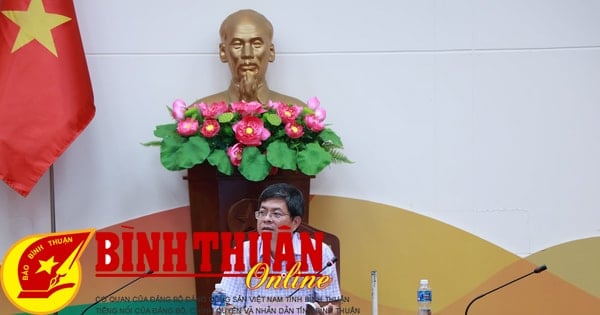

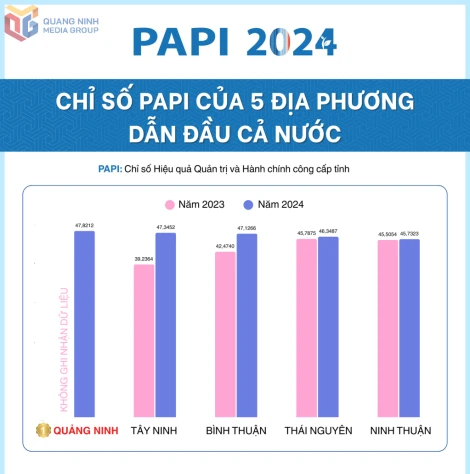
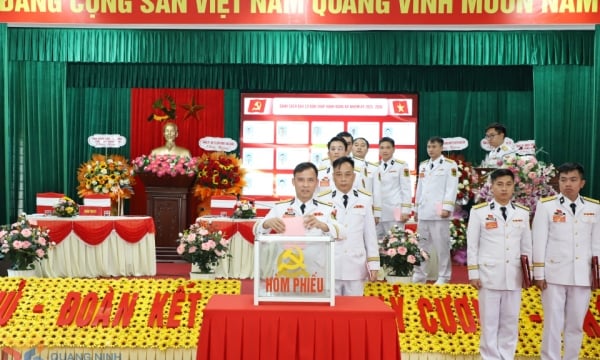




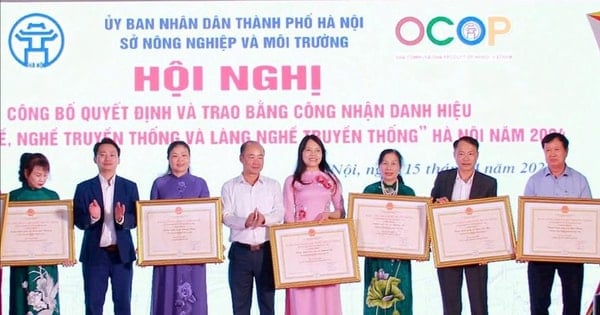
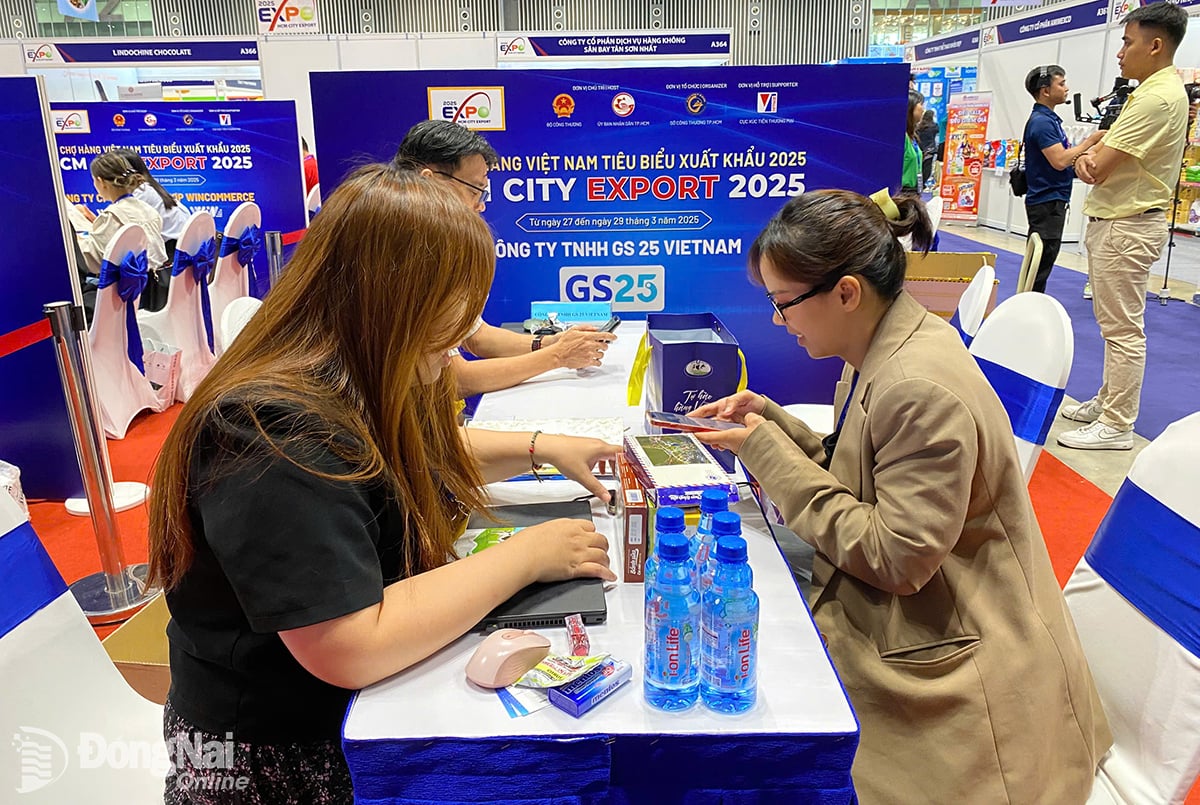

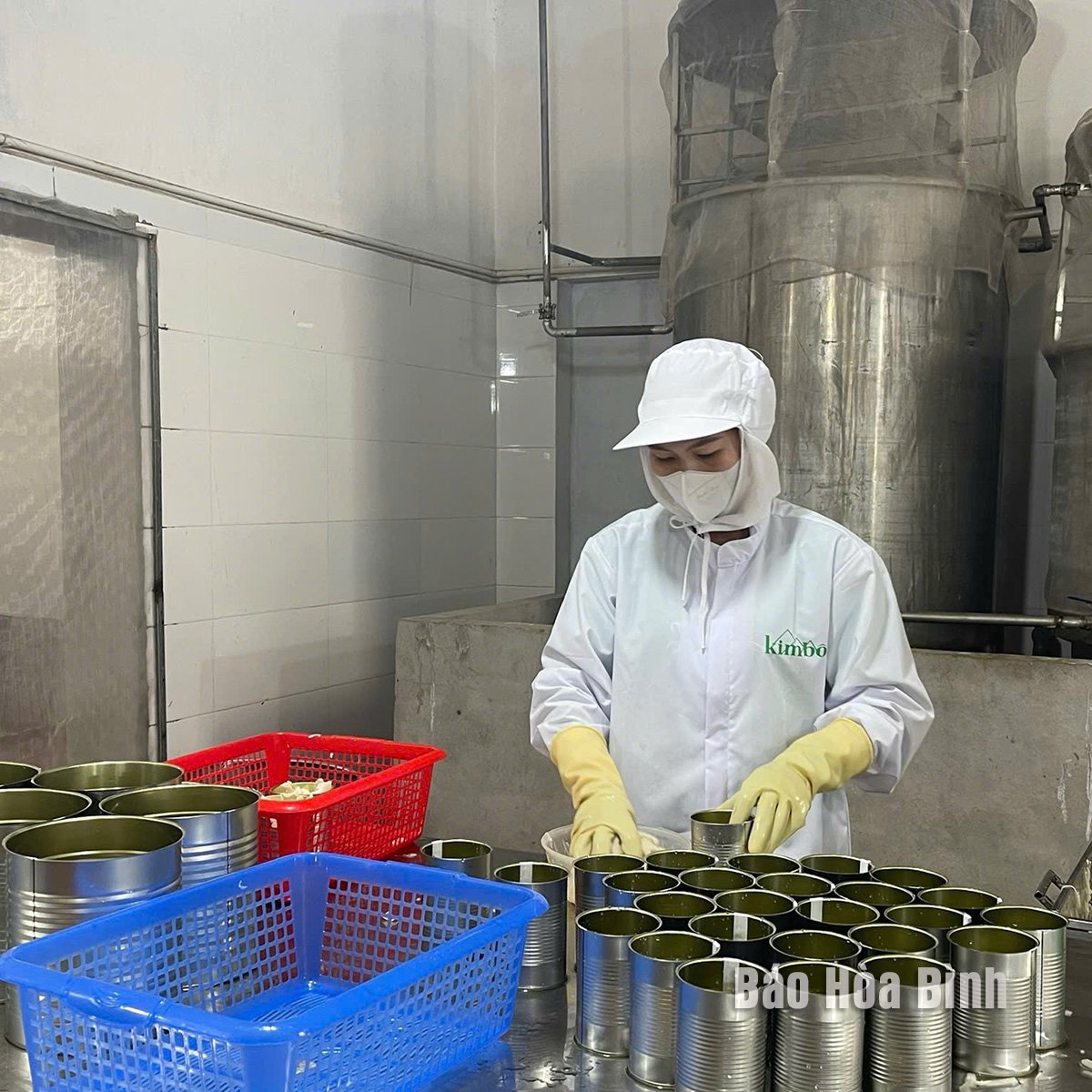
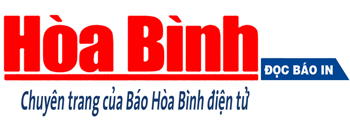
Comment (0)